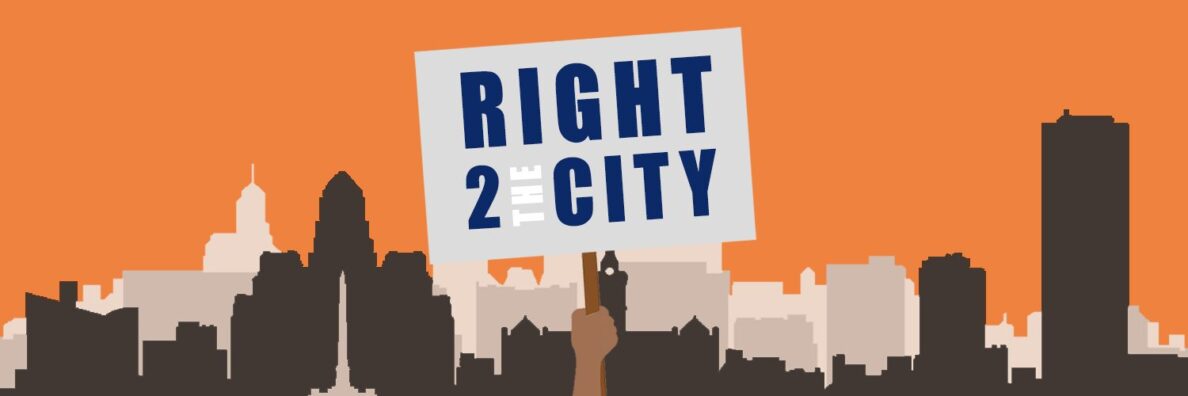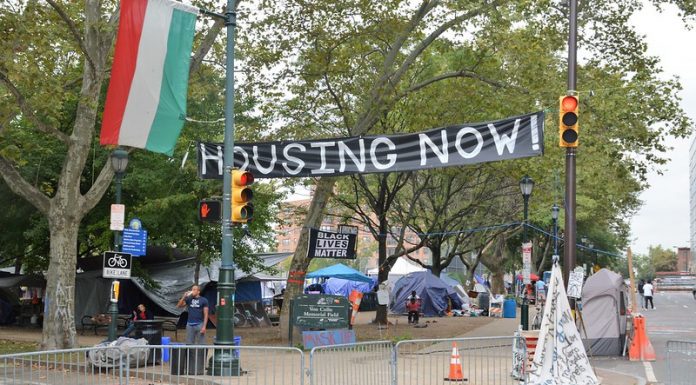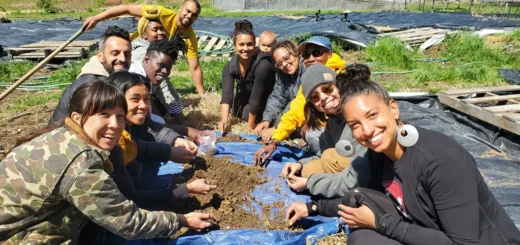Trapped: Racism, Health Inequities, Black Neighborhoods, and Reimagining the Legal System
Presentation to the Erie County Bar Association
February 10, 2021
Department of Urban and Regional Planning
School of Architecture and Planning
Center for Urban Studies
Community Health Equity Research Institute
By Henry-Louis Taylor Jr.

In 1951, William L. Patterson, W.E.B. DuBois, and other Black leaders presented a petition to the United Nations charging the United States with genocide against African Americans. They argued that genocide was more than the complete and definitive destruction of a race or people. Genocide also included forcing races or people to live under conditions that breed needless poverty, hardship, suffering, disease, dying, and premature death. The targeting of populations to reside perpetually under such horrendous living conditions constituted genocide, they argued.
The We Charge Genocide petition poses a troubling question, “are African Americans forced to live under conditions that breed unnecessary hardship, suffering, disease, dying, and premature death?” In my presentation today, I argue that the city-building process produces racially segregated, marginalized, and under-developed neighborhoods that breed low-incomes, disease, dying, and premature death among African Americans. These unhealthy housing and neighborhood conditions, I maintain, are made possible by a legal framework consisting of vague housing laws and a lax building code enforcement system. Moreover, this legal framework and enforcement system allow predatory landlords to operate with impunity in underdeveloped Black communities. Market-driven residential segregation is the culprit that creates the context that enables predatory business activities to thrive.
Racial residential Segregation and Race-based Health Disparities

Racial residential segregation is the linchpin of African American inequity. It is a vital component in the racist housing system that perpetually forces Blacks to live in marginalized, underdeveloped neighborhoods. Residential segregation is a two-dimensional process. First, it traps Blacks in residential settings that are separate and unequal from White communities. Second, it facilitates the exploitation of Black communities by predatory property owners and compliant government officials. The interplay of these two processes causes underdeveloped Black neighborhoods to become sites of joblessness, low-incomes, housing exploitation, and a host of socio-physical conditions that breed unnecessary suffering, disease, dying, and premature death.
The question, then, is why racial residential segregation endures, as if immutable and fixed in time and space. Despite the passage of the Civil Rights Act of 1964, the Fair Housing Act of 1968, and the outlawing of redlining, restrictive covenants, and discrimination in the rent and sale of housing, residential segregation persists and continues to frame storylines about Blackness and Whiteness in American society.

Racial residential segregation persists because the real estate industry, White homeowners, and the government economically benefit from it. The racist land value system drives racial residential segregation and bases its valorization on the principle that as the percent White and social class exclusivity increases in a community, so does its housing values and wealth-producing capacity. Likewise, as the percent Black and social class inclusivity increases, housing value and the wealth-producing capacity of those communities decrease. This paradigm theorizes that housing values in White neighborhoods are predicated on the devaluation of houses in Black neighborhoods. Thus, residential segregation endures because it creates White wealth, prosperity, and privilege. Whites have a possessive investment in racial residential segregation.

The real estate appraiser, Frederick M. Babcock, invented this racist land value system in the 1930s. Babcock’s theory undergirded mass homeownership by developing a method of determining land values, which supported the mortgage-risk system. He theorized that neighborhoods had life-cycles, and the presence of Blacks in a community signaled the onset of residential decline. Black residents thus threatened White neighborhood stability, thereby increasing risk and lowering housing values. Babcock’s land value system was a landmark occurrence, which shaped the post-World War II mass homeownership movement.
There is more to this story than land values spawning separate and unequal neighborhoods. Residential segregation trapped Blacks in marginalized, underdeveloped neighborhoods by constructing a wall of high incomes around their community. Blacks did move, but they moved in context, going from one marginalized and under-developed neighborhood to another. They were stuck in Place, and this contextual rootedness made them easy prey for predatory property owners and complicit government officials.
Blacks did not own or control the land on which they built their community, and business predators and their government partners operated without restraint in money-making schemes, which underdeveloped the East Side. Between 1965 and 1990, the City paid millions to knock down thousands of housing units without plans to redevelop the community or manage the thousands of vacant lots. the owners of demolition companies garnered huge profits, while Blacks inherited a disfigured community. These disfiguring activities aided predatory property owners’ quest to transform the Black community into a golden goose of profitability by using rent-gouging to extract huge profits.
The secret to profit-making in these neighborhoods wasto defer maintenance and charge high rents. This rent gouging activity caused many households to become rent-burdened, with countless tenants paying more than 40% of their housing income. The City joined this profit-making binge by repurposing dollars targeted for the East Side and spending them elsewhere. These predatory actions’ cumulative effect was the creation of neighborhood conditions that bred unnecessary suffering, disease, dying, and premature death among African Americans.
Health Inequities and Place
These neighborhood issues matter because poor health is the top problem facing African Americans, and these adverse neighborhood conditions are a significant cause. According to the Robert Woods Johnson Foundation, neighborhood conditions account for 80 percent of health outcomes among people, while 20% are related to access and the quality of care and treatment. Therefore, you cannot abolish race-based health inequities without radically transforming the neighborhoods in which Blacks live. An examination of local health figures will amplify this point.

Health outcomes in Erie County are deplorable. Using the social determinants of health model, the Johnson Foundation found that Erie County ranked 56 out of 62 counties in New York State in terms of health outcomes, measured by the length and quality of life. Quality of life refers to the number of “poor” physical and mental health days and the percent of low-birthweight babies found in a community. Undesirable health outcomes cause Erie County’s lowly health rankings among Blacks and Latinx. An examination of select Erie County Health Indicators by Race and Ethnicity supports this viewpoint. Because of time constraints, I can only explore the social significance of premature death in this presentation.
I focus on premature death because it highlights the social impact of race-based health disparities. Premature death is any death that occurs before age seventy-five, and it is measured by the Years of Potential life lost. The years of potential life lost is a cumulative measure that stresses younger people’s death. Thus, if a person dies at age 70, they contribute five years of potential life lost, but if they die at age 25, they contribute 50 years of potential life lost. In the 2015 to 2017 period, the Black premature death rate was twice that of Whites, and African Americans lost more than 12,000 cumulative years of potential life. That is a social tragedy.

Black premature death is about more than people dying before their time. It is a chronicle about stolen years. It is a narrative about what might have been; a sad song about families breaking up, children losing mothers and fathers, parents losing sons and daughters, and lovers losing partners. It is a story about that great leader who died before ever realizing her potential. It is a tale about that fantastic artist who lost his life before learning how to paint. It is a chronicle about that brilliant Black scientist, whose ground-breaking research would have saved millions of lives if she had not died at birth. And it is an account of that prodigal son, whose death took away the chance of redemption. Premature death is a social tragedy. Before moving on, I want to stress that African Americans live in the world’s wealthiest country, but they have a third-world nation’s health outcomes. For example, the Black infant mortality in Erie County was 13.6% per 1,000 live births for the 2015-2017 period. These infant mortality rates are similar to the ones found in Latin America and the Caribbean. In 2017, the infant mortality rate in Brazil was 13%, Barbados 12%, Honduras 16%, Jamaica 13%, Mexico 12%, and in the hated Cuba, the infant mortality rate was 4% per 1,000 live births.
Place and the Law
These shameful health outcomes exist because the local government forged a legal framework that made it possible for business predatory to operate on the East Side with impunity. Their activities turned the East Side into an underdeveloped community that breeds poverty, violence, disease, dying, and premature death. These unhealthy neighborhood conditions exist and are sustained over time because of vague and ambiguous housing laws, a benign housing code enforcement system, and the government’s reluctance to enforce the existing housing laws.

The City’s failure to establish a clear, precise, and unambiguous minimum housing standard undergirds this inequitable housing system. Such a housing standard would create a high floor beneath which no dwelling unit in Erie County would be allowed to fall. The development of this housing standard never happened. The City never established such a housing standard. Consequently, from housing codes, inspection services to housing court, and rental properties registration, the local housing system functions as a support program for predatory property owners and a malevolent government. Take, for example, the rental registration system.
This system requires the registration of rental houses, but there is no requirement for inspecting the dwelling unit before registration. Inspections are only triggered by complaints, unpaid taxes, excessive exterior violations, or abandonment in this benign system. It appears that the need for Blacks to living in well-maintained housing that is safe and healthy is beyond the reach of the law. The law’s failure to protect Blacks’ rights is a primary cause of race-based health disparities in Erie County, including premature death. Therefore, radically transforming the legal framework, which supports the failed housing system, and radically transforming in the underdeveloped neighborhoods where Blacks live are keys to the abolition of health inequities between Blacks and Whites.
In closing, the law’s purpose is to protect our general safety and ensure our rights as citizens against abuses by other people, organizations, and even by the government itself. Our legal system has failed Black Americans. Instead of protecting, it oppresses them. For example, while ignoring laws that ensure that Blacks live in safe and healthy homes, with well-maintained streets, sidewalks, and vacant lots, the government carries out a ruthless fine and fees campaign to generate revenue. These draconian actions raise millions for the City while simultaneously enhancing poverty and hardship among Blacks and people of color. The legal system has failed African Africans, and we need to reimagine another one based on equity and social justice for people of color.
Author Profile
Latest entries
 Selected Media05/04/2024The Occupation of Hayes Hall: Student Rebellions and Remaking the U.S. UniversityThe Occupation of Hayes Hall
Selected Media05/04/2024The Occupation of Hayes Hall: Student Rebellions and Remaking the U.S. UniversityThe Occupation of Hayes Hall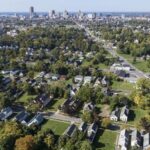 Selected Media03/21/2024Ryan’s infill housing strategy is the right plan for Buffalo
Selected Media03/21/2024Ryan’s infill housing strategy is the right plan for Buffalo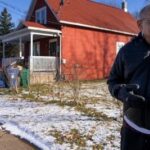 Selected Media03/01/2024How We Change the Black East Side: From “The Harder We Run” to “Black Neighborhoods Matter”.
Selected Media03/01/2024How We Change the Black East Side: From “The Harder We Run” to “Black Neighborhoods Matter”. Selected Media05/02/2023Tension between the U.S. and China is growing.
Selected Media05/02/2023Tension between the U.S. and China is growing.
